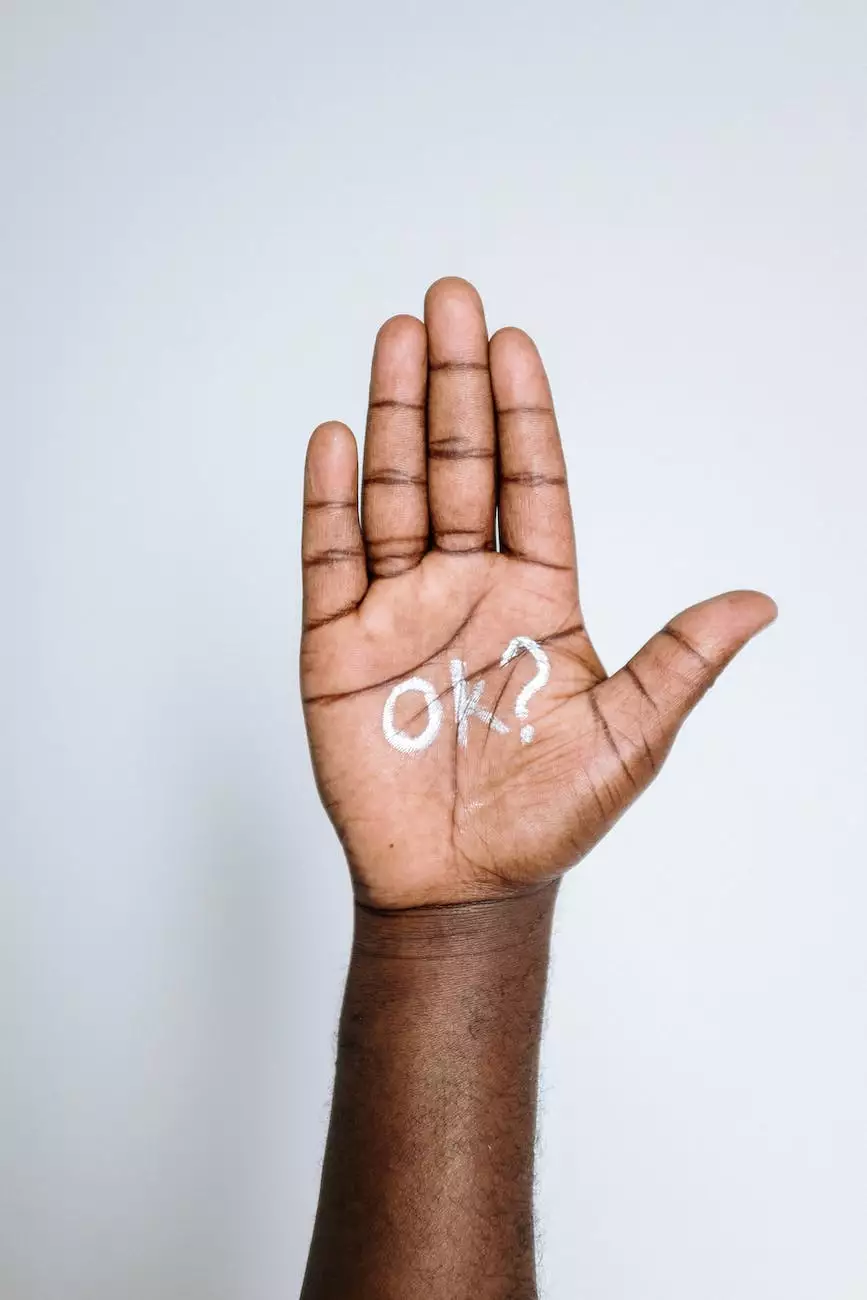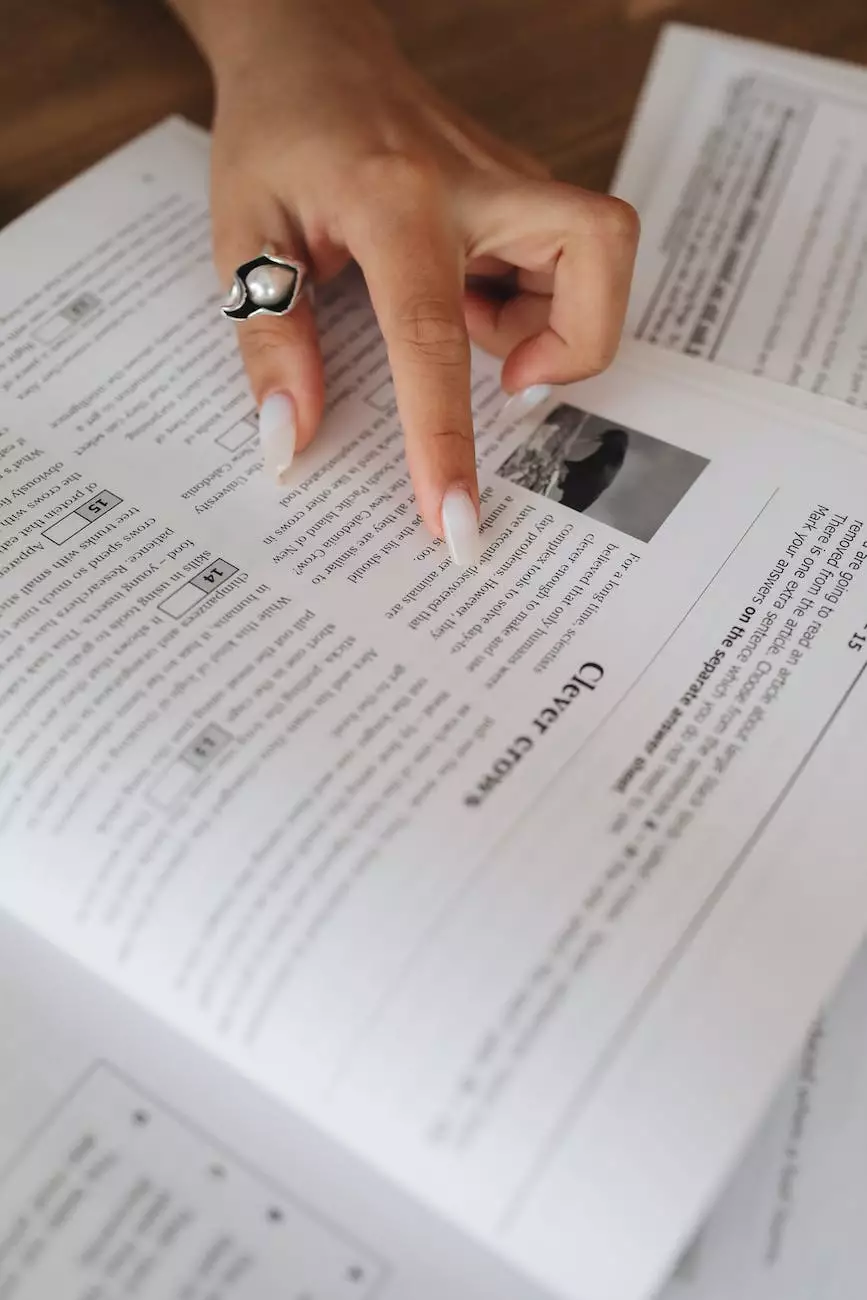It vs. That in Grammar & Conversation – English Lesson
English Grammar Lessons
Welcome to NJCLT's comprehensive English lesson on the differences between 'it' and 'that' in grammar and conversation. In this lesson, we will explore the various contexts in which these words are used, their specific grammatical functions, and their nuances in spoken English.
Understanding the Difference
Many English learners struggle with determining whether to use 'it' or 'that' in their speech. While it may seem confusing at first, there are specific rules and guidelines that can help clarify their usage.
When to Use 'It'
'It' is a pronoun that is typically used to refer to an object or an animal that has already been mentioned or is known to both the speaker and the listener. It is also used as a placeholder subject in sentences or to emphasize a particular noun phrase.
In grammar, 'it' can function as a subject, object, or a complement in a sentence. For example:
- Subject: It is raining outside.
- Object: I saw it in the park.
- Complement: The book on the table, it belongs to me.
In conversation, 'it' is commonly used to refer to a previous topic or to introduce a new topic. It helps maintain coherence and clarity in a conversation, especially when discussing specific objects or situations.
When to Use 'That'
'That' is a demonstrative pronoun that is used to refer to a specific object or situation that is farther away in space or time. It is often used to introduce new ideas, give examples, or make comparisons.
'That' is commonly used in reported speech and indirect questions. It helps provide context and clarity by referring to something previously mentioned. For instance:
- Reported Speech: He said that he couldn't attend the meeting.
- Indirect Question: She asked me if I could pass that book to her.
In conversation, 'that' can be used to point out something of interest or importance. It adds emphasis and draws attention to a particular topic or object.
Common Mistakes to Avoid
Even though 'it' and 'that' have specific rules, it is common for non-native English speakers to make mistakes while using them. Here are a few common errors to avoid:
Mistake #1: Using 'That' as a Subject Pronoun
In English, 'that' is not used as a subject pronoun. Instead, 'it' should be used to refer to an object or animal in subject position. For example:
Incorrect: That is eating grass in the pasture. Correct: It is eating grass in the pasture.
Mistake #2: Overusing 'It' as a Filler Word
While 'it' can be used as a filler word in conversation, excessive use can make your speech sound repetitive or unclear. It is important to vary your word choices and avoid overusing 'it' as a crutch. For instance:
Incorrect: I went to the park, and it was fun. Then I saw it, and it made me happy. Correct: I went to the park, and the experience was enjoyable. Then I saw something fascinating, which brought me happiness.
Mistake #3: Misusing 'That' and 'It' in Reported Speech
When reporting someone's words or thoughts, it is crucial to use the correct pronouns. 'That' is used in reported speech, while 'it' is used to refer to a specific object. Here's an example to illustrate the correct usage:
Incorrect: She said it she wanted to go shopping. Correct: She said that she wanted to go shopping.
Tips for Mastering 'It' and 'That'
Improving your understanding and usage of 'it' and 'that' takes practice and exposure to real-life examples. Here are some tips to help you master these important language components:
- Read extensively: Engage in reading materials such as books, articles, and news to encounter different contexts and examples of 'it' and 'that' usage.
- Listen actively: Pay attention to conversations, podcasts, and other audio resources to develop a natural feel for when 'it' and 'that' are used appropriately.
- Practice speaking: Engage in conversations with native English speakers or language partners to practice using 'it' and 'that' in various contexts.
- Seek feedback: Ask for feedback from teachers, peers, or language tutors to identify and correct any persistent mistakes in your usage.
By consistently applying these tips, you will enhance your language skills and feel more confident in using 'it' and 'that' effectively.
Conclusion
Understanding the differences between 'it' and 'that' is essential for clear and accurate communication in English. While both words have distinct roles, mastering their usage requires practice and exposure to authentic examples.
At NJCLT, we encourage you to continue expanding your knowledge of English grammar and conversation. With our comprehensive lessons and dedicated instructors, you can improve your language skills and confidently navigate the intricacies of the English language.




